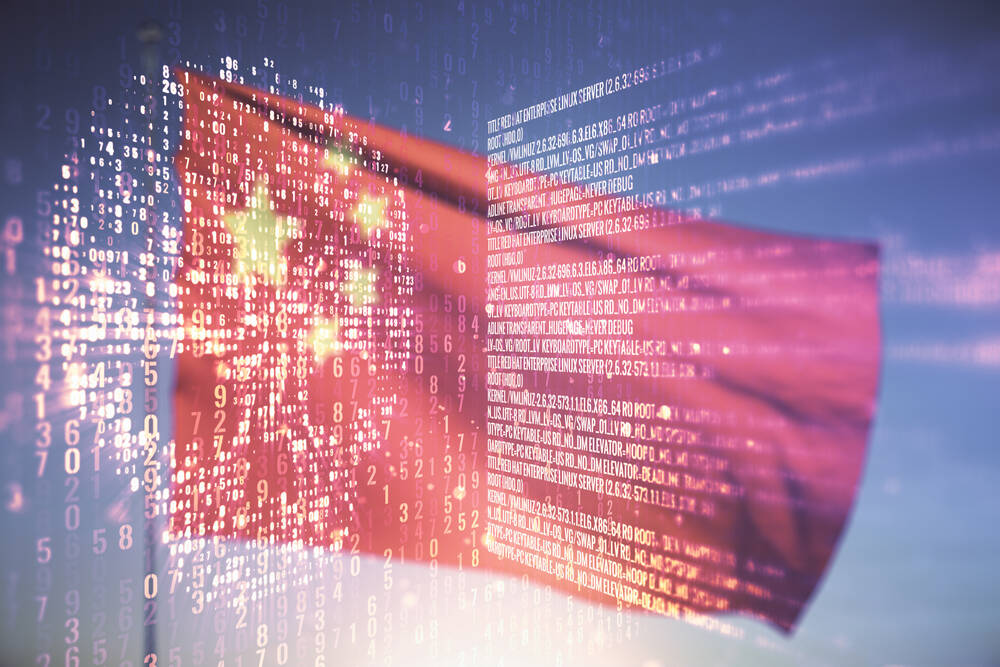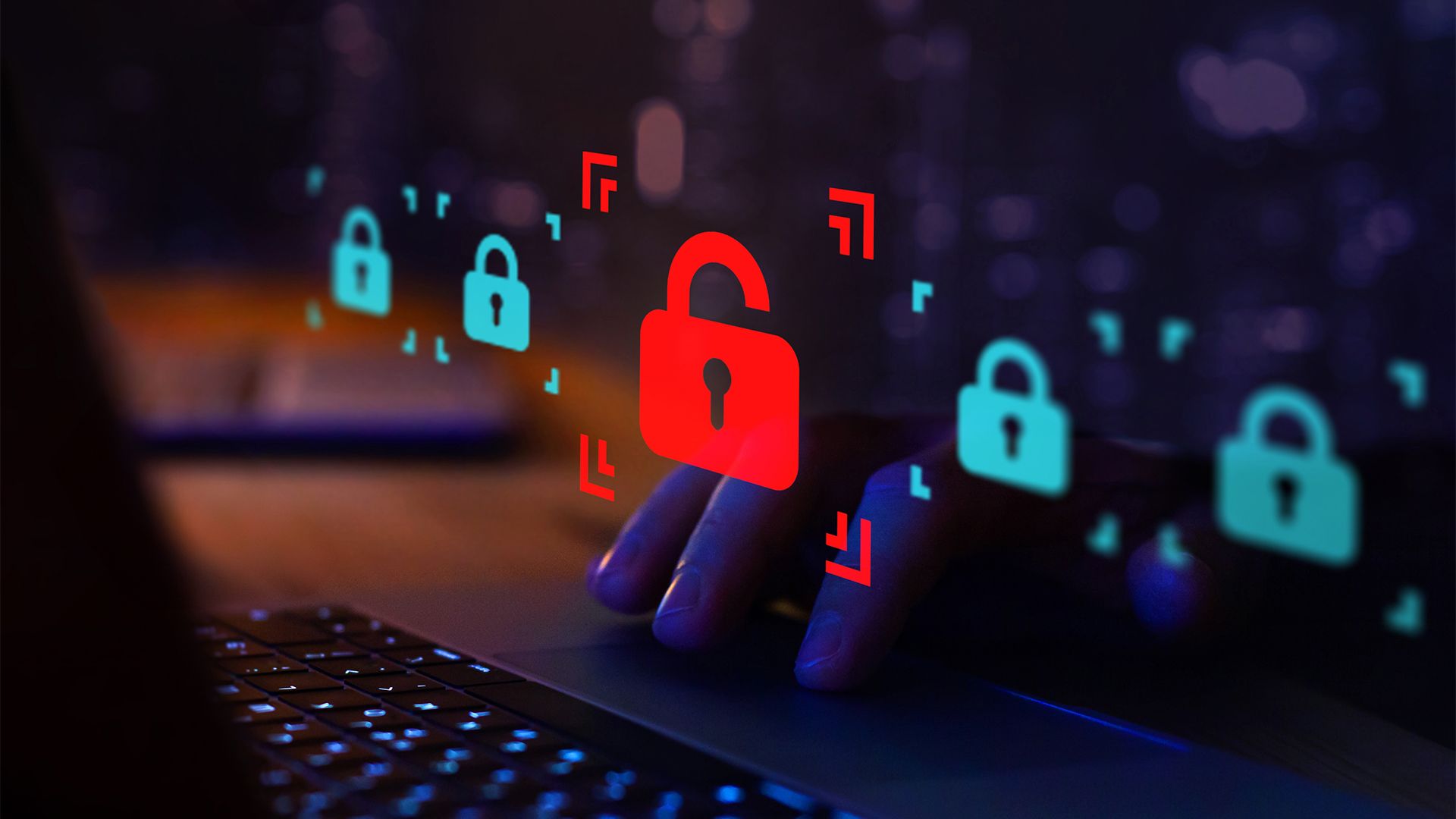fromThe Atlantic
2 days agoTrump's AI-Regulation Ban Is a Threat to National Security
Proponents of AI preemption equate competitiveness with deregulation, arguing that state-level guardrails hamper innovation and weaken the United States in its technological competition with China. The reality is the opposite. Today's most serious national-security vulnerabilities involving AI stem not from too much oversight, but from the absence of it. AI systems already underpin essential functions across our economy and national-security apparatus, including airport routing, energy-grid forecasting, fraud-detection systems, real-time battlefield data integration, and an expanding range of defense-industrial-base operations.
Artificial intelligence















